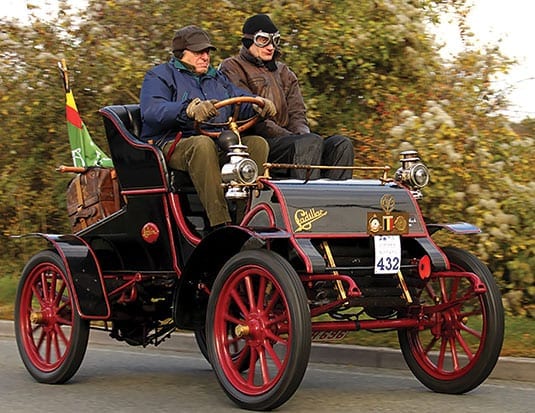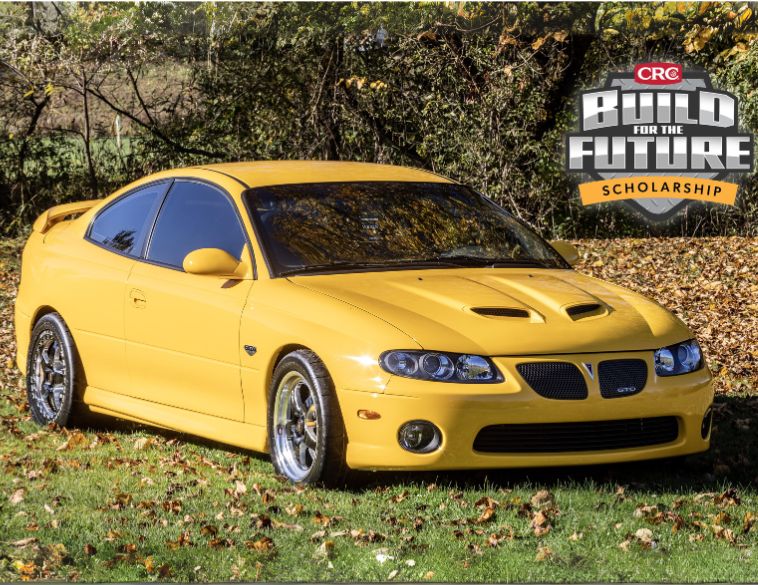Today’s electric vehicles have more in common with the first Cadillac and Lincoln than you might think.
Over the years, mostly through my work in media and in light of my love of cars, I started to follow the history and the development of the automotive industry. One of the most fascinating characters within that history is Henry Martin Leland. Never heard of him? Let me tell you a bit about him. He was truly a remarkable man.
Henry’s background was in the arms business. Working for the Brown and Sharpe plant in Rhode Island, Conn., he understood the principles of direct fit and interchangeable parts that many today still don’t fully appreciate.
In the field, during combat, participants had to have the ability to service their guns with interchangeable parts. His gift was using this technology in the manufacturing of automobiles.
Leland versus Ford
Leland built his early reputation as a machinist when his company was hired to supply engines for Oldsmobile’s new roadster. During this period, Henry Ford’s second attempt at the car business was soon to be liquidated by his partners. The remaining partners called Leland to appraise the machinery and tooling.
Interestingly, Leland came back with a bold idea—not to liquidate, but to manufacture.
Using the principles he had learned in the arms industry, he convinced the partners to build a new car. They named it after the founder of the city of Detroit, Antoine de La Mothe Cadillac.
The Cadillac was unique in that it introduced several design principles we still use, including interchangeable parts, the electric starter and, if memory serves, the standard clutch, brake, and accelerator setup used globally today. Additionally, it was a marvel of engineering.
In 1908, in Great Britain, Royal Automobile Club representatives proved the concept of parts interchangeability by disassembling three fully working Cadillacs, mixing up the parts and reassembling them back into three fully functioning cars.
Leland sold Cadillac to William Durant who was assembling General Motors at the time for $4.5 million, staying on as the head of the company. He left after a dispute with Durant over building Liberty engines for the war effort.
Leland’s Lincoln
Out of Cadillac, Leland got to work. He fulfilled the army contract for the Liberty engines that Durant had turned down, and flush with money, he proceeded to build his next luxury vehicle. He named the car after his favourite president, “Lincoln.”
The Lincoln was built to the highest standards and initially sold well. However, economic conditions at the time were hard on the company, and soon Leland was seeking a buyer.
Edsel Ford was attracted to the line and persuaded his father to buy the company. The senior Ford tried to lowball, as he was the only bidder. He bid $5 million for a company appraised at $16 million. The courts stepped in and moved the offer to $8 million, and Ford agreed. He never forgave Leland for developing Cadillac.
Over the years, Henry Leland and Henry Ford had a love/hate relationship. Rumour has it that Leland assisted the elder Ford in developing the production line using the interchangeable technology he had perfected at Cadillac. Leland never came to terms with his business failures and died a bitter man at 89.
Cadillac and Lincoln were considered the Tesla and LEAF of their day, bristling with new and exciting technologies. So is history repeating itself in today’s burgeoning electric vehicle market?



